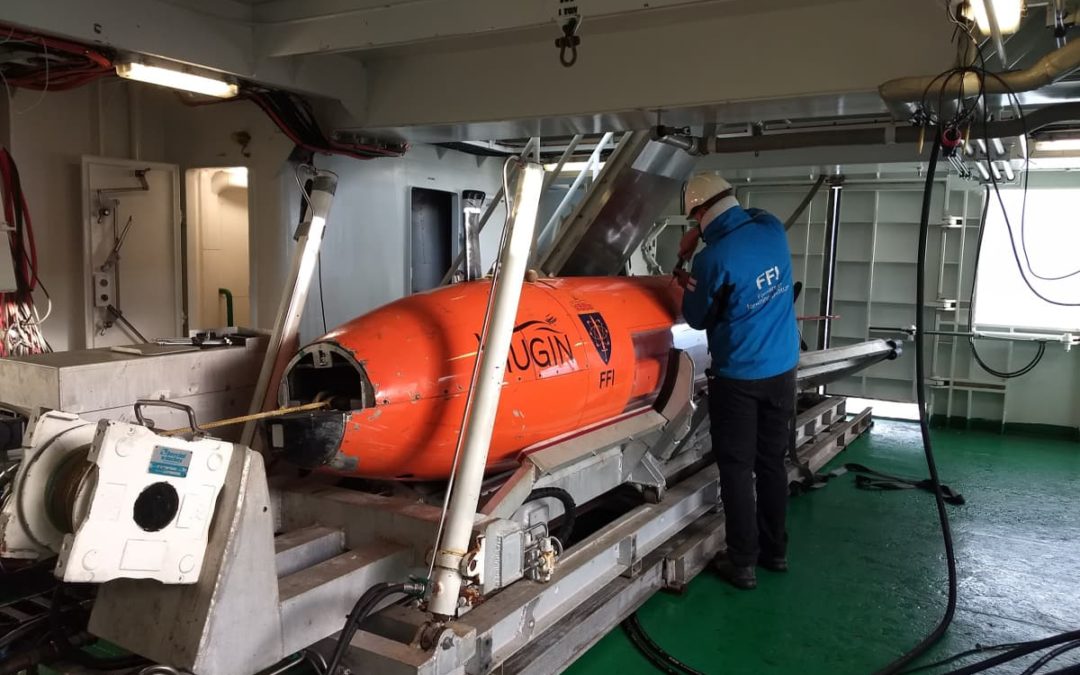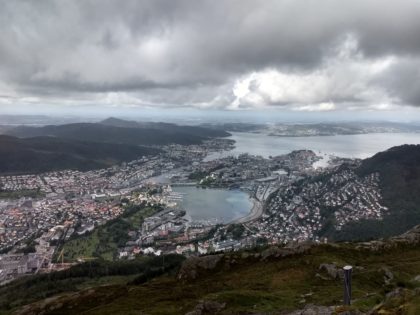1. Motivation
Hydrothermal systems at the bottom of the ocean are one of the most hostile yet flourishing environments where life not only exists but thrives. After the first discovery of hydrothermal vents in the year 1977 at the Galapagos rift, large amount of venting in the Atlantic mid-oceanic ridge, the East Pacific rise and the western pacific were discovered. Each providing us with a different insight into new life of earth. These systems with their unique habitat and chemosynthetic organisms are believed to hold clues to the origin and evolution of life on Earth. In order to further understand and learn how life exists in such toxic environments where temperatures can reach as high as 400oC and water being saturated with toxic gases, I decided to do an internship in this field. The obvious choice for me was the University of Bergen in Norway, since they had a research centre completely dedicated to studying such environments in the harsh Arctic.
2. Research and Planning
After I decided where I wanted to pursue my internship, I went forward to find an appropriate supervisor. Since I was keen on researching microbial systems in these settings and their relation on these super-heated fluids, I decided to contact Dr. Håkon Dahle a researcher at the K.G Centre for deep-sea research. Post which we decided on an appropriate topic and a time period that would be suitable for both. I was researching on microbial mats from the Scoria Moria vent field in the Mohn’s ridge. My work included DNA extraction and analysis, generating 16S rRNA amplicons. I was also introduced to PCR analysis and gel electrophoresis and related techniques. Not only was my work related to the lab but also to the field. I was also offered a chance to be part of the leg 1 of the G.O.Sars expedition to the Mohn’s ridge. The RV G.O.Sars is a Norwegian research vessel. Onboard I learnt techniques and how to work with various instruments like the AUV, ROV and mapping and locating vent fields.
3. K.G Centre for Deep-Sea research
Aims to study the deep-water. Its goals are to pioneer discoveries, thereby expanding our knowledge of the deep-sea and its potential resources. They work across various disciplines and the work closely with the world’s leading research institutes like MARUM and WHOI.
Their centre for Geobiology aims to develop new fundamental knowledge between interactions in the geosphere and the biosphere.
4. Nordic culture
The Nordic culture has deep roots tracing back to the era of the Vikings. Most of the food and culture were very closely related to the vast expanse of open ocean surrounding this country. A deep affection towards fish produce is what can be easily observed. Norway, with its immense fjords can get anyone awestruck. Bergen more famously known as the gate way to fjords, is surrounded by seven mountains around it and makes up for a spectacular trekking location. With several glaciers and fjords close by, a lot of the past time can we spent easily in the mountains. However, one needs to watch out for the weather. The weather is most of the time rainy and cold. Bergen itself makes its way to being one of the rainiest cities in Europe.
5. Overview
The overall experience was a one filled with a lot of new learnings, experiencing a different culture and definitely networking. I learnt a lot of new things and developed various skills necessary in the field of Geobiology which I intend working in my near future. I’m grateful for ERAMUS and Uni Bremen for providing me with this opportunity.





Neueste Kommentare